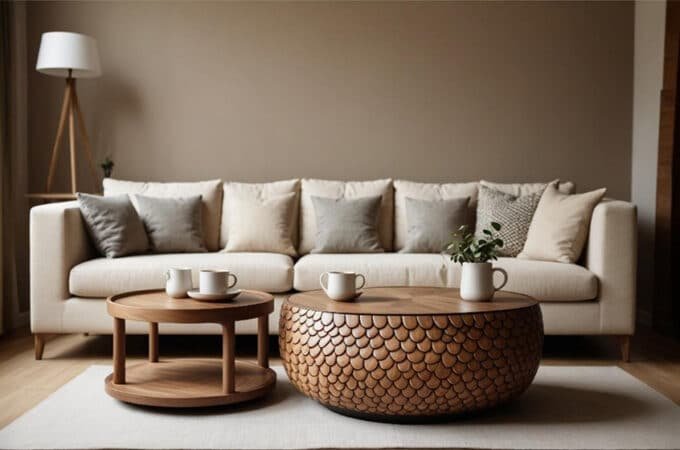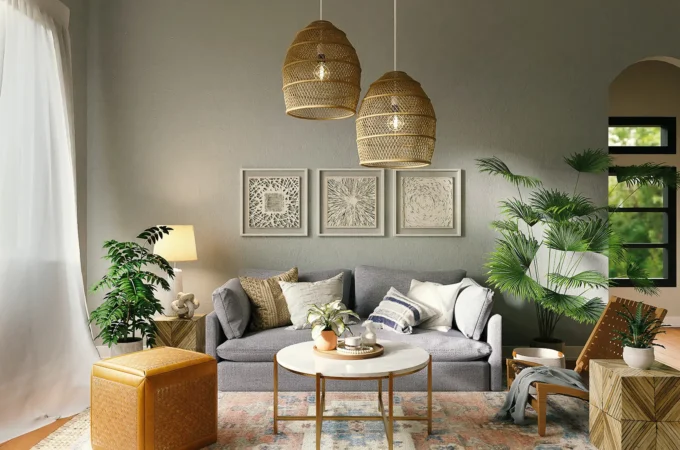
The Evolution of Modern Furniture Design
In the vast realm of indoor layout, few factors have passed through as transformative an adventure as furnishings. From ornate carvings of the Renaissance to the minimalist strains of the 20th century, furniture layout has mirrored the societal shifts, technological advancements, and creative movements of every generation. Today, as we discover ourselves in an age of blending styles and eras, we must apprehend the evolution that introduced us here. One platform that beautifully encapsulates the essence of contemporary furnishings layout is Art Lab Asia, a leading site specializing in cutting-edge art and modern furniture portions. Their collection gives a glimpse into the rich tapestry of design records, providing each enthusiast and beginner a danger to understand the artistry behind every piece.
Table of Contents
ToggleThe Birth of Modernism
The overdue nineteenth and early 20th centuries marked a significant departure from traditional furniture design. As the Industrial Revolution steamed beforehand, there was a collective choice to interrupt far away from the past and embody a new, modern-day international. This generation saw the rise of functionalism, in which fixtures changed into designed with purpose and software in thoughts, in preference to just aesthetics. Materials like metallic, glass, and later, plastic have become famous and prominent in modern, realistic, and elegant designs.
The Bauhaus Movement
Emerging in 1919 in Germany, the Bauhaus school played a pivotal position in shaping cutting-edge furniture design. Founded with the aid of Walter Gropius, the college’s philosophy was to create a harmonious dating between function, artwork, and generation. The Bauhaus movement championed simplicity, clean strains, and geometric bureaucracy. Iconic pieces from this era, including the Wassily Chair by Marcel Breuer, showcased the latest materials like tubular steel, emphasizing shape and function over ornate ornament.
Scandinavian Influence
Post World War II, Scandinavian design started to gain prominence on the worldwide degree. Characterized by simplicity, minimalism, and functionality, this design philosophy was deeply rooted within the Nordic area’s cultural and environmental factors. Designers like Arne Jacobsen, Hans Wegner, and Alvar Aalto added pieces that are now not only beautiful but additionally ergonomic and available. Their designs regularly included natural substances like timber, emphasizing warmth, organic forms, and craftsmanship.
Mid-Century Modern
The mid-20th century has ushered in a design movement that still holds sway. The mid-century current layout, spanning from the Nineteen Thirties to the Nineteen Sixties, becomes marked by its smooth lines, organic curves, and an eager emphasis on function. Designers like Eames, Noguchi, and Saarinen became family names, developing fixtures portions that were each suave and utilitarian. This technology noticed a mix of herbal and guy-made materials, resulting in designs that had been progressive and timeless.
Postmodernism and Beyond
The latter part of the 20th century noticed a response against the stern guidelines of modernism. The postmodern design emerged, characterized by its eclectic blend of patterns, colors, and bureaucracy. Designers like Philippe Starck and Ettore Sottsass introduced playful, colorful pieces that were often infused with a sense of irony. This era was approximately challenging conventions and redefining boundaries.
Today, as we stand at the crossroads of several layout philosophies, there’s a renewed appreciation for the adventure of furniture layout. Platforms like Art Lab Asia serve as a testament to these rich records, offering portions that resonate with the beyond while fitting seamlessly into current areas. As layout adapts, one element stays regular: the search for splendor, characteristics, and meaning in the gadgets surrounding us.





